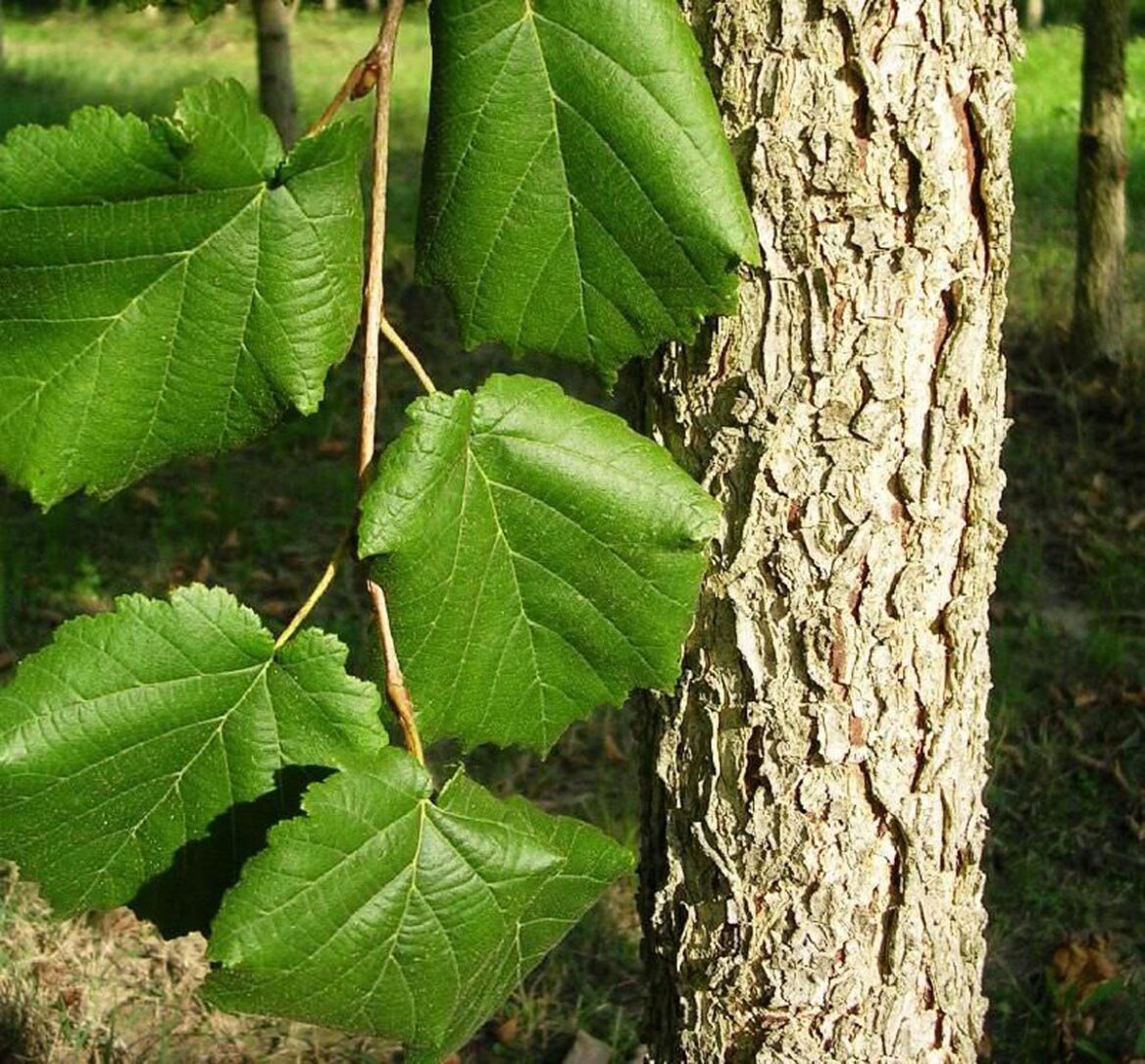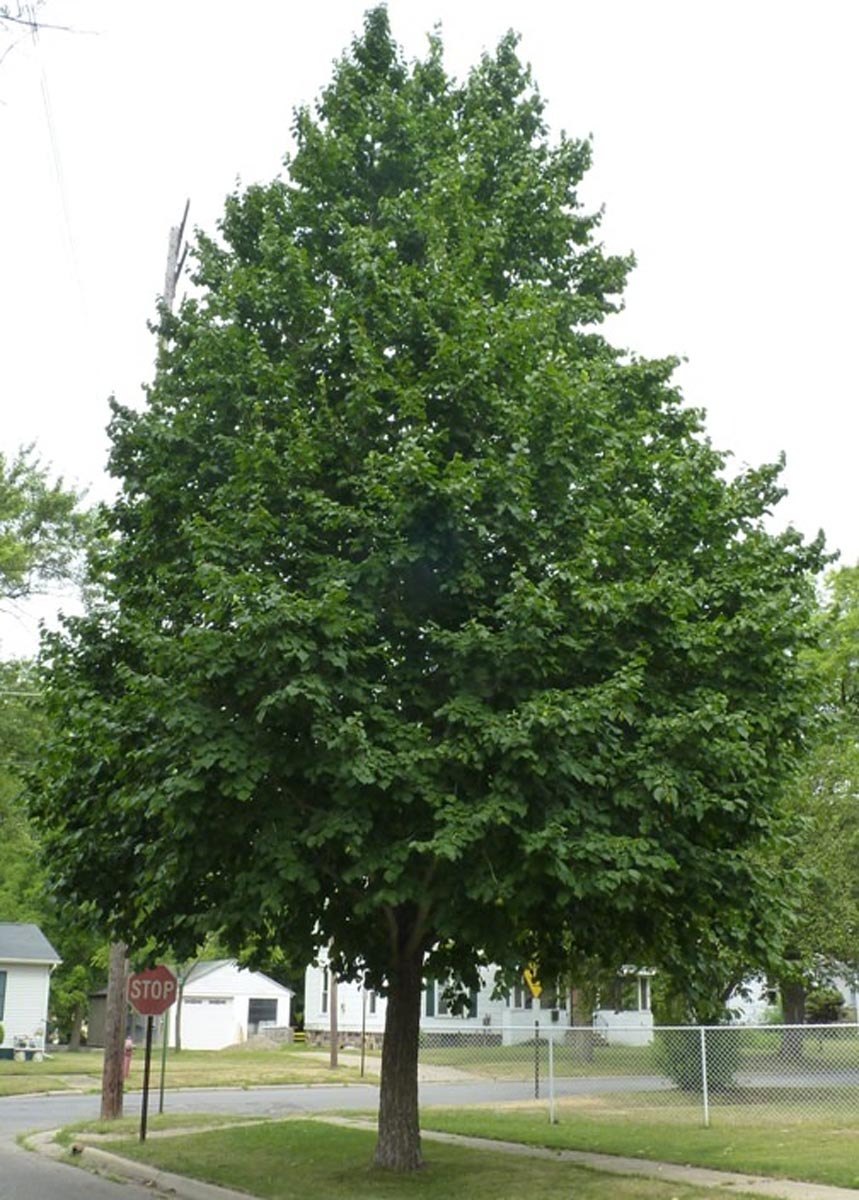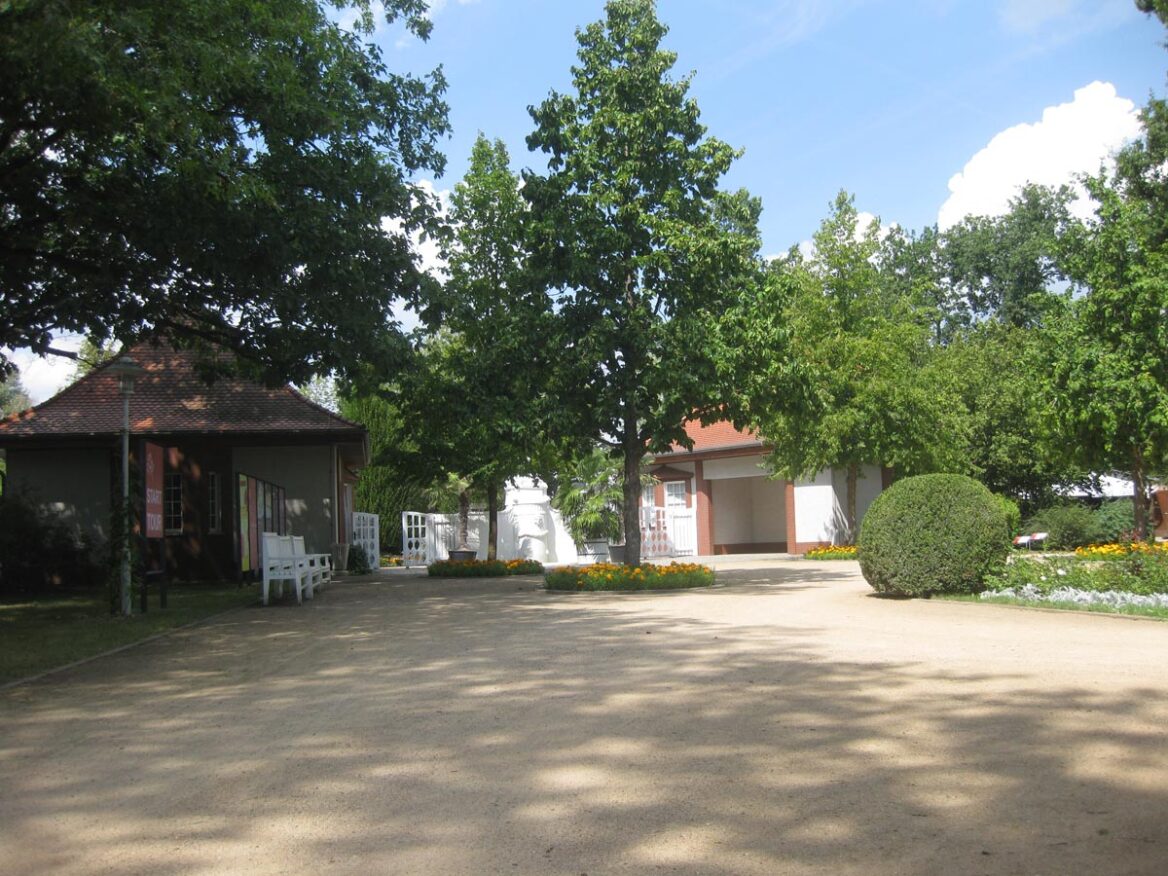Corylus colurna
Turkish Hazel
Corylus colurna is an erect, conical-grower with a very symmetrical branching habit. It bears edible brown nuts in the autumn, but the nuts are enclosed in a thick, hard, green shell that makes them challenging to extract. Fruit production occurs every two to three years and is inconsistent. Corylus colurna can withstand hot, dry climates and is an excellent option for street planting. It has corky bark and yellow-green catkins that bloom from early spring to early summer, providing pollen for bees. In the fall, the leaves of Corylus colurna turn yellow. It has a deep root system and does not transplant well. Corylus colurna is deciduous and native to southeast Europe and southwest Asia, from the Balkans through northern Turkey to northern Iran. Learn more about Corylus colurna.
Other common name(s):
Synonyms:
$107.12 – $208.00
Deciduous
Height: 8.0m
Width:
5.0m
Estimated 10 year height and width
Corylus colurna stock information
Full Stocklist| Grade | Height | Standard | Available | I/P | Qty / Price |
|---|







